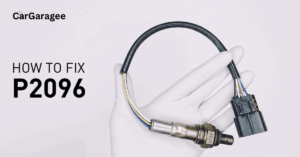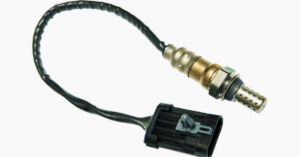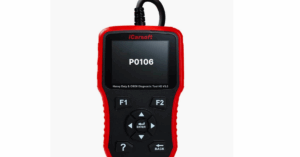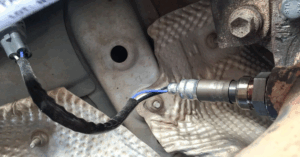The EVAP system is a vital part of reducing carbon emissions in modern vehicles, and one of its most important components is the canister purge valve. This valve, introduced in the 1970s, is designed to regulate vapor and ensure that fuel vapors are directed to the engine for proper combustion instead of escaping into the atmosphere, where they can become harmful emissions.
When this component becomes faulty or fails, it disrupts the evaporative emission control process, leading to noticeable symptoms such as poor performance, rough driving, or inconsistent engine behavior. A malfunctioned valve can also cause issues with trapping or purging vapors, making it necessary to track these problems for timely repair or replacement. With advancements in technology, this solenoid-operated part plays a key role in maintaining the function and significance of a car’s life, ensuring both efficiency and environmental compliance.
What is a Purge Valve Canister
The purge valve canister is a critical component of the EVAP system, designed to enhance vehicle performance and minimize environmental harm. This device handles fuel vapors that naturally evaporate from the tank, especially under high-temperature conditions, preventing them from escaping into the atmosphere. By routing these vapors back into the engine, the system ensures proper combustion, reduces carbon emissions, and boosts fuel efficiency.
Found in modern vehicles, the small, solenoid-operated valve opens and closes to maintain a balanced flow of vapors, regulated by the ECU. However, when the valve becomes worn, damaged, or stuck, it can lead to rough idling, poor performance, or other malfunctions.
The signs of failure, such as issues with the intake manifold or unresponsive signals, can often be identified during a diagnostic check. Addressing these issues promptly through professional repair or replacement ensures the longevity of your vehicle and compliance with emission standards.
Five Common Failing Purge Valve Symptoms
Check Engine Light Comes on
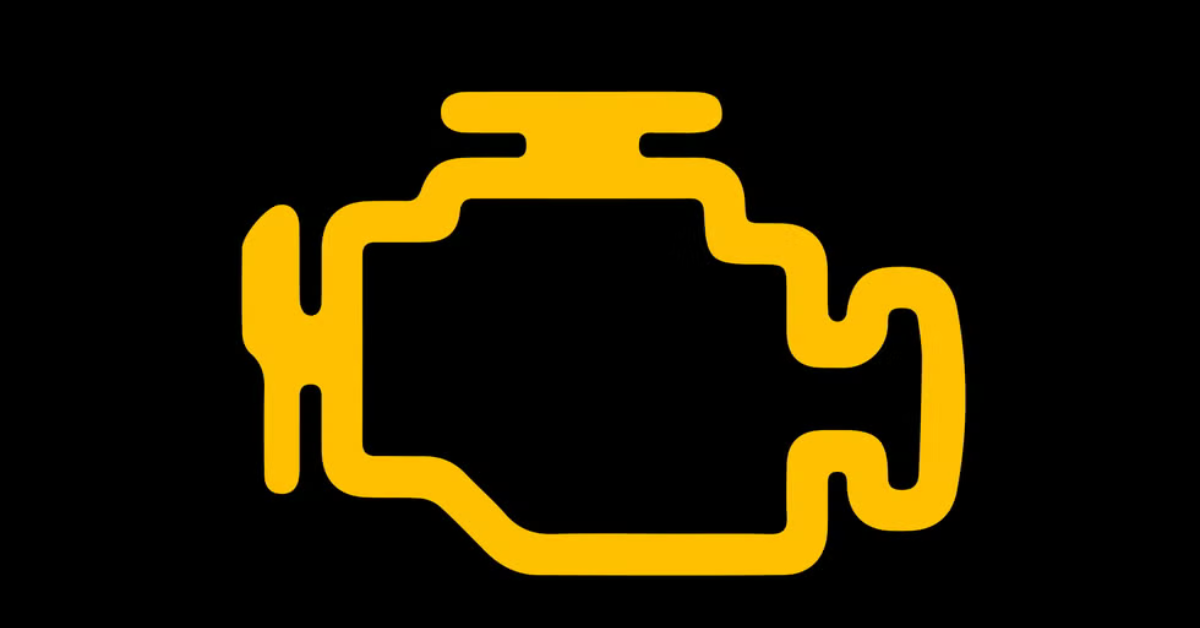
A check engine light on your dashboard is one of the most common warning signs of a damaged or worn purge valve. Your car’s computer relies on the control unit and multiple sensors within the EVAP system to monitor the performance of key components. If these sensors detect a loss of communication or fail to transmit signals, the light will illuminate, providing an early indication of a problem.
In some cases, specific diagnostic codes like P0441 or P0446 might appear, which you can use to track the exact reasons for the illumination. This typically happens when the purge valve is bad and no longer working as expected. When this occurs, critical information about the system’s condition is communicated to the control unit, helping identify the result of the malfunction. Acting on this warning promptly ensures your car remains safe and efficient while driving.
Tricky ignition
A vacuum leak in your car’s purge valve can make it extremely challenging to start the vehicle, especially when the valve goes haywire. This creates a problem by allowing excess air into the engine, which interrupts the combustion process and affects the overall performance. Such a situation is not only frustrating but can also lead to consistent delays during starting.
Failed Emission Test
A failing purge valve can cause your vehicle to fail its emissions test due to improperly redirecting fuel vapors from the vapor tank. When the valve is stuck, either closed or open, it allows toxic hydrocarbons to escape through the tailpipe instead of being routed back to the engine. This results in higher emission levels, making it crucial to have a mechanic check the system for damaged components and ensure the valve is replaced if necessary to prevent escaping vapors and maintain compliance.
Poor Engine Performance
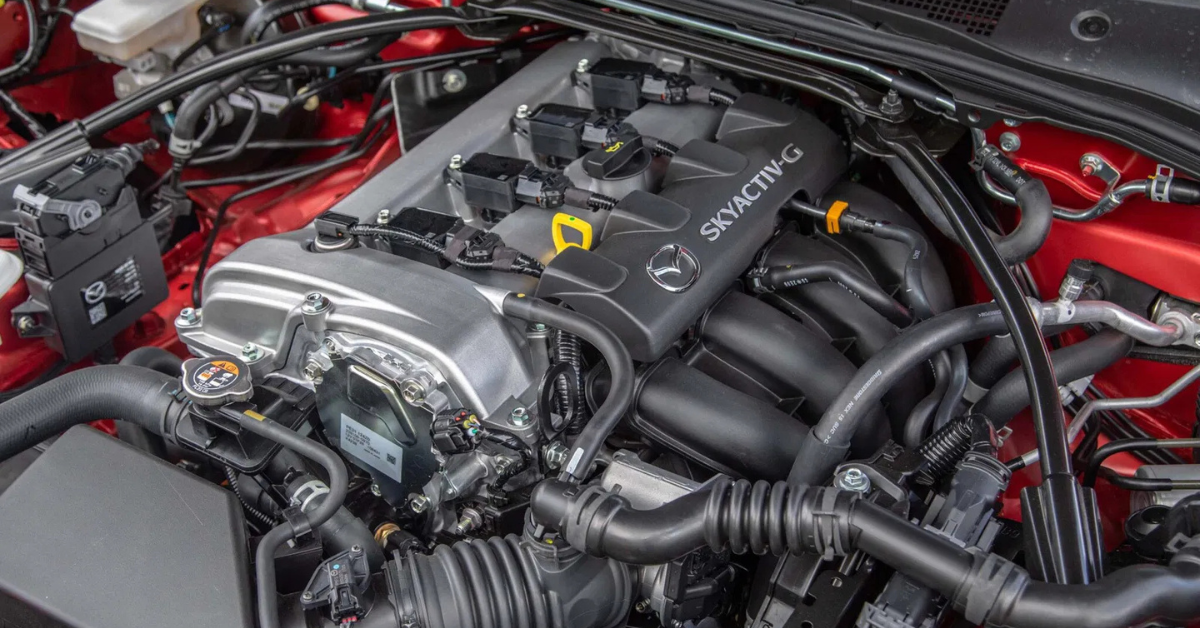
When the purge valve is stuck open, it disrupts the air and fuel system, leading to a noticeable drop in your vehicle’s performance. As the throttle is pressed, the engine receives excess air, causing weak power output and slower acceleration, especially at low RPMs or when driving uphill.
This results in a poor and unsmooth ride, ruining the fun of moving at your desired speeds. Over time, these issues can further deteriorate your engine’s health. If you experience these symptoms, it’s essential to consult a mechanic promptly.
The emission test failures
A bad purge valve fails to properly prevent toxic hydrocarbons from being ejaculated through the tailpipe, allowing them to exit the internal system unchecked. This compromises the emission control system, leading to failed emission tests and increased toxicity in the air, ultimately failing to reduce your carbon footprint. To avoid this mess, it’s crucial to have the valve repaired or replaced promptly.
Rough Idle
A rough idle in your car’s engine can make it run inconsistently, especially when stopped at a stop sign or a red light. This problem often occurs due to a flush valve malfunction or a loss of vacuum, which directly affects the motor’s speed. If the issue is allowed to persist, the engine may eventually stop completely, disrupting your driving experience.
Poor fuel efficiency
When the purge valve is stuck open, it allows excess fuel vapor to be continuously drawn into the engine, disrupting the balance of air and fuel. This imbalance leads to poor fuel efficiency, causing your vehicle to consume more fuel than necessary and affecting overall performance.
Read More:
Honda Odyssey Firing Order: Complete Guide with Diagram
How To Remove Clear Coat From Car: The Step-by-Step Guide
How to Test the Canister Purge Valve
Start by finding where the purge valve is located in your car:
Purge Valve Location
The purge valve is typically located near the front or center of the vehicle, depending on the design and model of the car. In most cases, you’ll find it in the engine compartment, attached to a hose running from the intake to the canister or near the fuel tank.
This small, black plastic component has an electrical connector and vacuum line, making it relatively easy to identify and access. Understanding its placement is important for testing its performance and following the correct procedure for maintenance.
Key Points for Testing the Purge Valve:
- Ensure the engine is cool before starting the test.
- Disconnect the cylinder bleed valve connector to access the component.
- Measure the resistance between the coil connectors, which should fall between ±15 ohms and ±75 ohms, depending on the type of valve.
- Disconnect the exhaust valve plug from the control unit to proceed with the test.
- Check for continuity between the terminals and the ECU.
- Inspect the housing and start the engine to verify the voltage at the positive terminal.
- Confirm that the supply voltage is either 5V or 12V as required.
- If no voltage is present, inspect the relay and fuse.
- Test the wire for continuity to ensure it is not interrupted.
Importance of Purge Valve Canister
The canister purge valve plays a vital role in the emission control system, ensuring your car runs efficiently while minimizing its environmental impact. As someone with expertise in automotive maintenance, I can confirm that this component prevents gasoline vapors from escaping into the atmosphere by storing them in the fuel tank and later transporting them to the engine for combustion.

The system relies on advanced sensors that adjust based on speed, temperature, and load, making it critical for maintaining optimal performance. The solenoid is actuated by the unit, helping the lambda system to compensate for additional vapors, improving fuel efficiency. Regular maintenance is key to avoiding common symptoms and ensuring a hassle-free ride. Even in the USA, whether you own a new or used car, keeping the purge valve in good condition is essential for reliable performance and a well-functioning vehicle.
FAQS
Can a car run with a bad purge valve?
Yes, a failed purge valve can allow your vehicle to run, but it may cause issues like rough idling, stalling, or poor drive ability. If the solenoid is stuck in the open position, unmetered air entering the engine can disrupt performance. While the engine won’t usually shut off immediately, addressing the problem is important to avoid long-term damage.
Can a purge valve be cleaned?
Yes, a purge valve can be cleaned. The solenoid inside the valve plays a vital role in your car’s performance and its environmental impact. Cleaning the valve is a simple task that provides many benefits, including a smoother running engine, better fuel economy, and a cleaner environment.
Is purge valve open at idle?
The purge valve is not typically opened at idle. It functions under specific operating conditions, such as when the engine is running or the vehicle is being refueled. The purpose of the purge valve is to reduce emissions and improve overall performance.
Does purge valve affect performance?
Yes, the purge valve is an important component of the ECU system, and if it fails, it directly affects your vehicle’s engine performance.
Can I remove purge valve?
Yes, you can remove the vapor canister purge valve. First, disconnect the harness and vacuum lines, then remove the 10mm diameter bolts that secure the valve to a bracket near the fuel injector rail or the firewall.

Mian Hashir is a passionate automotive enthusiast and the lead author at Car Garagee, a website dedicated to providing in-depth car reviews, maintenance tips, and the latest news in the automotive world. With years of experience in the industry, Hashir combines his technical knowledge with a love for cars to deliver insightful and engaging content. Whether you’re a car owner or a curious reader, Mian Hashir’s articles help readers make informed decisions, from choosing the right vehicle to understanding how to keep it in top condition.


